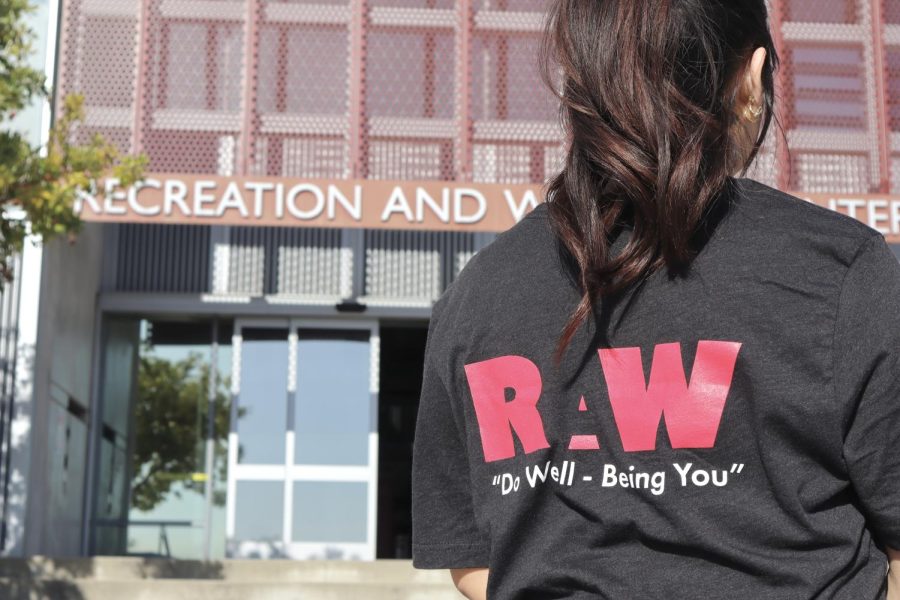The RAW Proposes an Increase in Annual Student Fees
May 10, 2023
Where might this money go?
The RAW, which stands for Recreation and Wellness Services, is California State University, East Bay’s gym and administrative space, equipped with state-of-the-art equipment. The RAW serves as a space for CSUEB faculty and staff to exercise, play sports, and receive personal training.
As the school year comes to a close, organizations, and services across campus annually update their “terms of conditions” to accommodate for the upcoming school year. Following the losses in part due to the chaotic state of California’s economy in recent years, the RAW is struggling to afford adequate maintenance. Without proper funding in 2023, these budgetary burdens could fundamentally compromise the facility’s aspirations in the future.
A proposal to increase student fees, specifically the main source of funds for the RAW, is in the works. An increase of $50 for both the RAW and University Union (UU), for a total of $100 altogether is a potential price hike that students might expect for the 2024 Spring semester.
Jennifer Luna, Director of Recreation and Student Wellbeing and University Unions, spoke on the issue, clarifying that the overall student tuition would not be increasing, but regularly enrolled students would be charged an additional fee of $50 for both RAW and UU facilities compared to its current fee of $97.50 and $82.50– which, with approval, would increase to a fee of $147.50 and $132.50 respectively.
With an economic downturn and rising costs of living in the Bay Area, there are questions as to whether this fee would continue to increase in the coming years. Luna discussed the Cost of Living Adjustment (COLA), which has not been applied to past financial propositions. In other words, the demand for money regulation for these establishments has increased, but the fees have not.
Essentially, while the university tries to adjust to today’s economic state, overall tuition increases as a result.
Regardless of fluctuating fees, there are many student concerns that have yet to receive attention, such as classrooms, campus infrastructure, food quality, lack of campus community, and educational quality. These concerns remain unaddressed despite the fact that many students are directly affected by them; unlike the RAW, as not every student utilizes the center and its services. Accessibility services across campus, such as the Student Health and Counseling Centers, and Associated Students Inc., are all funded by student fees. Alongside the RAW and UU, these resources are all self-supporting facilities, programs, and organizations. They do not receive allocations from the university and are left to rely on the support of enrolled students.
With all the talk and worry over increasing fees, the question remains: what would that money be going towards? According to a pro-statement written on behalf of the RAW and UU, the approval of this allocation would, “allow the RAW to expand hours of operation, increase student access, implement programming, and better meet student needs.” Additionally, new resources would be provided and new furniture and equipment would be supplied.
However, if the proposal is rejected, it does not mean these services would stay the same. If these allocations are not accepted, it would mean that both facilities would suffer reduced hours, risk of deterioration, and further reconstruction delays.
According to a statement written on behalf of the RAW and UU, the passage of the proposal would see an “increase in student’s RAW fee by $50 starting Spring 2024 and an annual Cost of Living Adjustment (COLA) thereafter.”
The RAW and UU are services on campus that are there for the benefit of its students and
faculty. Students and their campus are faced with a dilemma on what the correct choice to make is, considering all circumstances and realities. While this issue will hang in the air until next Spring, we can only hope that the end decision is one that is beneficial to all.

















